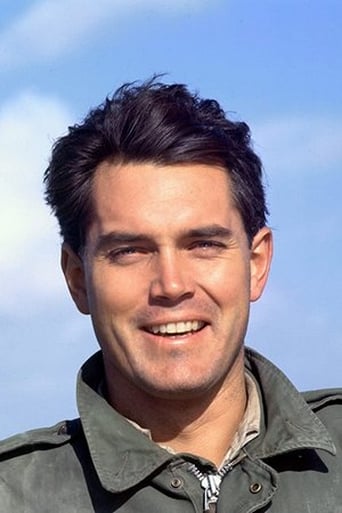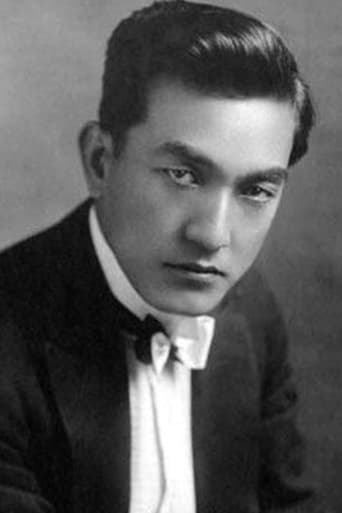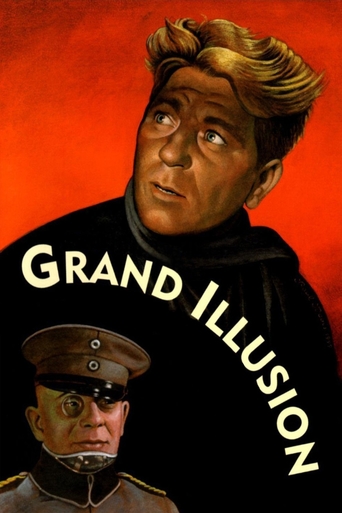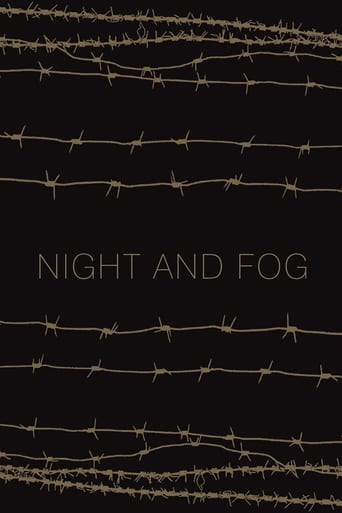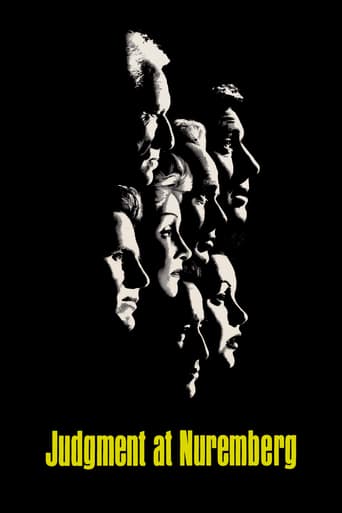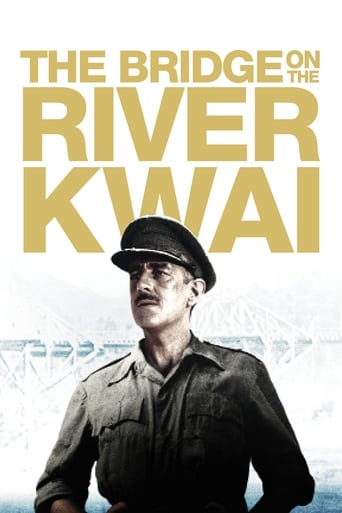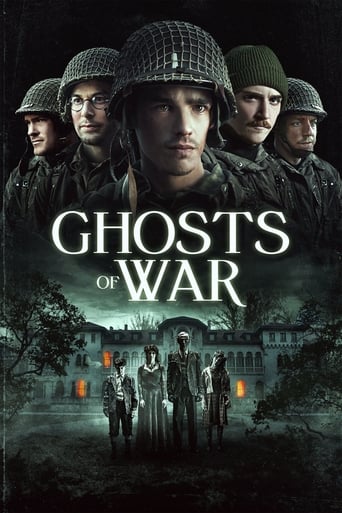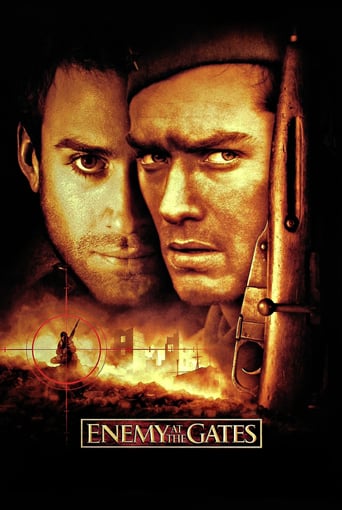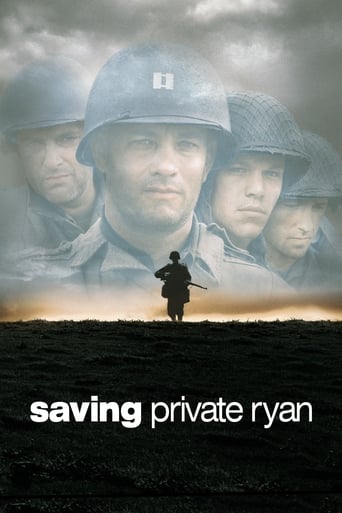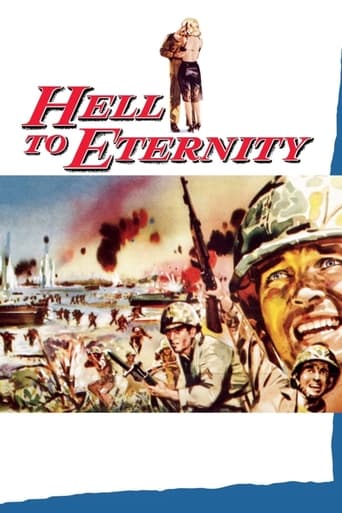

Hell to Eternity (1960)
Based on the story about Guy Gabaldon, a Los Angeles Hispanic boy raised in the 1930s by a Japanese-American foster family. After Pearl Harbor, his foster family is interned at the Manzanar camp for Japanese Americans, while he enlists in the Marines, where his ability to speak Japanese becomes a vital asset. During the Battle of Saipan, he convinces 800 Japanese to surrender after their general commits suicide.
Watch Trailer
Cast


Similar titles
Reviews
When I saw a review of this one saying this is an "important true story" I could not believe my eyes. Anyone who has read historic accounts of Saipan would be aware there was no mass surrender of any Japanese Army on Saipan, which makes the entire battle sequence of this movie false. This is by far the best example of historic revision ever put to the American Public as even the tanks shown are not correct. Here is the real ending of Saipan - "In the end, almost the entire garrison of Japanese troops on the island — at least 30,000 — died. For the Americans, the victory was the most costly to date in the Pacific War: out of 71,000 who landed, 2,949 were killed and 10,464 wounded. Future Hollywood actor Lee Marvin was among the many Americans wounded. He was serving with "I" Company, 24th Marine Regiment, when he was shot in the buttocks by Japanese machine gun fire during the assault on Mount Tapochau. He was awarded the Purple Heart and was given a medical discharge with the rank of Private First Class in 1945."The only piece of truth in the battle part is that there were a large number of Japanese civilians on the Island and yes a bunch of them did commit suicide. Allied Artists did do an incredible job making the battle sequences look real, but this script on what happened on the island is just plain false. So the second half of the film is a flim-flam.As for the first half, I enjoy the acting by a very talented cast. Jeffrey Hunter, David Jansen, George Takai are all great and get plenty of solid support. The film starts with the kids being young and in a school yard fight. Then it brings the appeal of an American boy who is an orphan to live into a Japanese household in the 1930's. By the time the war starts, he has grown up with his new parents.The story as told does not exactly state whether the boy (Guy Gabaldon) is legally adopted by the family or not and I think back in that era that perhaps they would not have had to do that? It does pull in the viewer with Guy's relationship with his new family after his mom dies (we never meet his mom on screen as she is in the hospital ill when we first meet Guy).George Takei is 23 years young and this is his 9th role of a fine career in support as George Une. He is an older brother to Guy. The script can be admired for creating what would have been an extremely rare family situation for the 1930's, and early 1940's but it is quite easy to take apart.This is a film that addresses the issue of the internment camps and the race relations during this time period. It does not do it properly. The brief scene of the camp here gives little indication of how conditions really were in the real camps. It appears because of film length (over 2 hours) and limited budget (Allied Artists) that any real addressing of this could not be done. In a way, the worst scene in the film is the party where we have Americans and Japanese mingling in a social setting. Some of the uncomfortable issues of this are brought up but the reality of the party itself is not really addressed very well. Then the film lurches suddenly from the party into the island battle.Screen Legend Sessue Hayakawa plays Gen. Matsui late in the film who Guy convinces to surrender his whole army though in dramatic form com mitts suicide after telling his troops to surrender. . The role here obviously a short dramatic one which he does well, but the way it is scripted does not give him the opportunity to show case his talent anywhere near what he did in Bridge Over The River Kwai 3 years earlier. This film is a showcase for Hunter's considerable talent. Unfortunately, the script is so fictional and the errors throughout the film so messed up that anyone with knowledge of the real events or even those who might pick up an accurate history book, should know this film just comes off as Hollywoodized. I do wish that race relations were this advanced in the era the film uses. The reality is that they were not, this is a wishful thinking script that does a major tragedy to a very talented cast. My rating here is because of the script. It is very much worth watching for the talent of the cast. It is so easy to love mama-San and wish this was a true story.
Gabaldon was born and raised in Boyle Heights and attended Roosevelt High School with my brother-in-law Edwardo. He was not rejected by the Marines because of his ethnicity (Mexican-American) but because at 5'4" tall he did not meet Marine standards. It should be noted that the Marines were not adverse to recruiting in predominately Chicano communities. Guy was not "raised" by a Japanese family, but he did spend a couple of his teen year's with a Japanese family where he learned some basic Japanese. He was far from fluent in Japanese. However, the Marine Corps recruited him because they believed his knowledge of Japanese would be useful. The movie went to great lengths to hide Guy's true ethnicity. First, he was portrayed by Jeffrey Hunter, whose most notable role was playing 6'tall, blond blue eyed Jesus Christ. Guy described himself as "swarthy." In addition, there is a scene where the mamasan, in order to distinguish him from her Japanese grandchildren, refers to Guy as her "All American son." I once saw the movie on the History Channel. After the movie there was a panel discussion by historians. The final obligatory question was why the movie never mentioned that Guy was Mexican-American. The historian briefly answered that the movie was focused on the treatment of Japanese Americans during WW II and that Guy's ethnicity would have distracted from that. REALLY! Seems to me it would have made the story even more interesting. Typical Hollywood. Part of selling a movie means you have to make a white guy the central character and hero. More Hollywood is the David Jansen part and the party in Hawaii.
HELL TO ETERNITY (1960) is, I believe, the first Hollywood film to depict the experiences of Japanese-Americans in the early stages of World War II. We see a young white guy and his Japanese female companion get harassed by patrons at a drive-in eatery in L.A. on December 7th as news of the sneak attack on Pearl Harbor comes over people's car radios. We see a Japanese-American family listen to the radio together as President Roosevelt addresses the nation and announces a state of war with Japan. We hear a young Japanese-American man describe his unsuccessful effort to enlist in the armed forces. We see Japanese-Americans being forced to leave their homes and possessions and get trucked off to relocation centers. We visit a cabin at the Manzanar internment camp in California. This must have been powerful material in 1960 and, I daresay, remains so today.The movie pulls the viewer in emotionally right from the start as we see a troubled white youth, Guy Gabaldon (who was Mexican-American in real life), get into fights at school and go home to a decrepit shack, only to find his mother gone, taken to a hospital where she will soon die. He is taken in by the family of his Japanese classmate and is reared by them, experiencing genuine familial love for the first time. He even learns Japanese and we see him practicing words. The youth is played by Richard Eyer (the young genie in THE SEVENTH VOYAGE OF SINBAD), a young actor who sure knew how to pull our heart strings. Nine years later in the narrative, in 1941, Guy is played by Jeffrey Hunter and his Japanese brother, George, is played by George Takei. There are scenes between Guy and his Japanese mother that are quite touching, a profound and dramatic illustration of a mother-son bond that transcends language, cultural and racial barriers. (The mother is played by Tsuru Aoki Hayakawa, wife of Sessue Hayakawa, who appears in the film as General Matsui, the Japanese commander on the island of Saipan.) It's the exchange with his mother at Manzanar that convinces Guy to try and enlist in the Marines. (Hunter's portrayal of an orphan raised by a family of different race recalls his role as Martin Pawley, a part-Indian raised by the Edwards family in Texas in John Ford's THE SEARCHERS, 1956.) After such advanced racial politics, there's a bizarre scene about midway through the film showing Guy and two of his marine buddies (David Janssen and Vic Damone) on liberty in Hawaii, where they wind up at the apartment of Sono, a Japanese bar hostess (Michi Kobi) and Famika, her Japanese roommate, a stripper from San Francisco (Reiko Sato). The third woman with them is an uptight white lady reporter, Sheila (Patricia Owens, from THE FLY), who's jealous of the attention paid by the men to the Japanese women and sits there sullenly knocking back one drink after another. Famika does her striptease act in the living room with appropriate music playing on the phonograph and gets the marines very excited indeed. While this action veered dangerously close to yet another case of Asian women being treated as exotic sex objects, the sexual and racial politics take a turn into much trickier territory. When she's finally drunk enough, Sheila, the proper lady reporter nicknamed "the Iron Petticoat," feels sufficiently emboldened to get up and do a striptease herself, much to the amusement of everyone there. Her act is even more revealing than that of the Japanese stripper. Eventually everyone's paired up and, as Guy starts grappling with Sheila's bra strap, there's a quick cut and---BOOM!--the big guns go off in the naval bombardment of Saipan, where the rest of the movie takes place.The scene with the women is a long one and has no bearing on the rest of the narrative. (The women are never seen or referred to again.) I'm not quite sure what the point of it all was, but it's a fascinating footnote in the history of World War II combat movies and certainly pushed the envelope pretty far for 1960. Also, David Janssen's character is crazy drunk in this scene and the actor goes completely wild portraying this state. It's a remarkable display and I guarantee you've never seen him like this in anything he did for TV.After intense and bloody combat on Saipan (filmed on Okinawa), the final stage of the film involves Guy's attempts to get the Japanese holdouts to surrender. Eventually, he confronts the English-speaking General Matsui (Hayakawa), who is planning one last suicidal "banzai" attack by the wounded, weary, and starving remnants of his force and the many Japanese civilians still with them. We hear about the Japanese code of war--no surrender and fight to the last man. And we'd earlier seen Japanese civilians throw themselves off a cliff to avoid capture, having been brainwashed by Japanese propaganda into believing they'd be raped and murdered by the Americans. This represents a much more honest look at Japan's conduct of the war than we were used to seeing in postwar Hollywood films about the war in the Pacific. Contrast this with Japan's own entry in the genre that year, I BOMBED PEARL HARBOR (1960), which I've also reviewed on IMDb. While HELL TO ETERNITY is about 25 minutes too long, it's still a powerful treatment of its subject, despite the unfortunate Hollywood compromise of hiding Gabaldon's true racial background.Jeffrey Hunter and David Janssen would re-team the following year in MAN-TRAP (1961), which opens with a scene of Korean War combat featuring the two and also shows Janssen as a very different kind of character than we normally saw him play. I've also reviewed that one here. Hunter would go on to star in "Star Trek"'s pilot episode, while George Takei would gain fame playing Sulu, a regular character on that show. (As a boy, Takei spent the war years in internment camps.)
Excellent war movie. Excellent drama. Phil Karlson directs with less than an A-movie budget, but comes up with outstanding war action scenes and the best from his talented cast. The story is based on the real life story of Guy Gabaldon, who enlisted in the Marines and became a hero in the Battle of Saipan by persuading 2,000 Japanese soldiers to surrender. Guy was adopted by a Japanese family after his mother died. After Pearl Harbor, the young man from Chicago was turned down by the Army due to a split eardrum...but being able to speak Japanese fluently the Marines knew he was of use to his country.At this particular time HELL TO ETERNITY contained harsh and violent war action. Most of the brutality being needed to send the message of the urgency in this powerful story. Cabaldon as a child is played by Richard Eyer. The adult Cabaldon is portrayed flawlessly by Jeffrey Hunter, honestly and with no lack of emotion. Also in the cast: David Jansen, Vic Damone, Patricia Owens, George Takei, John Larch, Nicky Blair and Sessue Hayakawa as Japanese General Matsui. This movie deserves to be ranked with the best of the genre.


